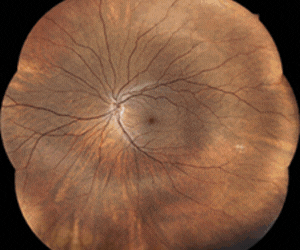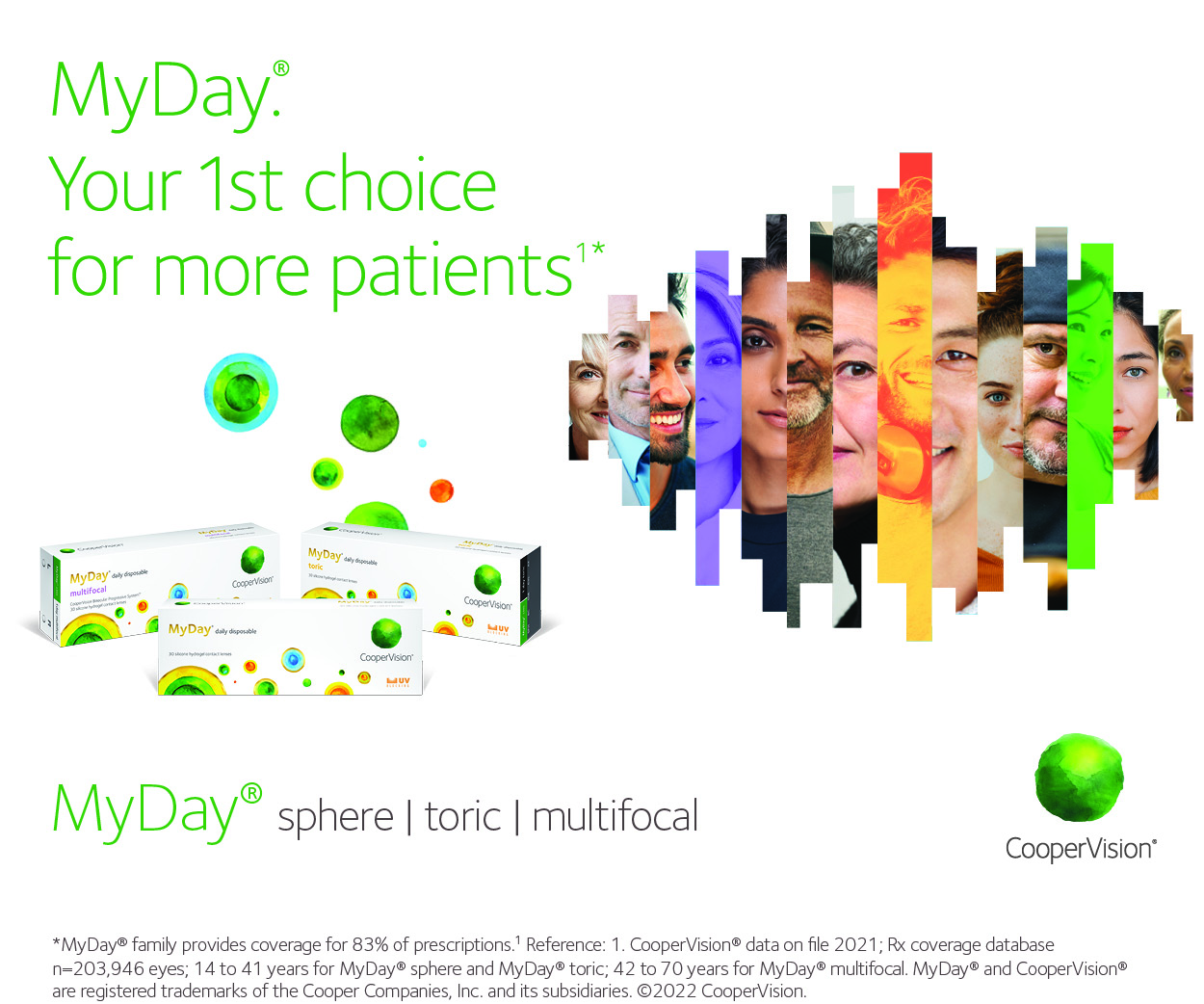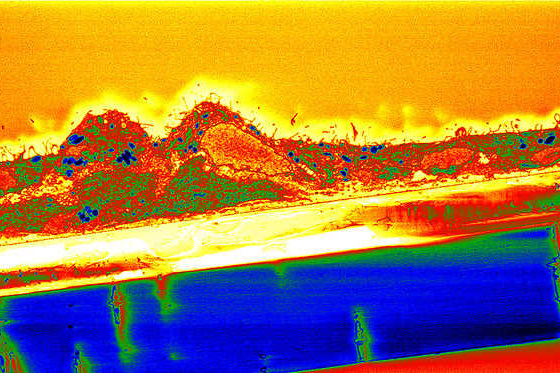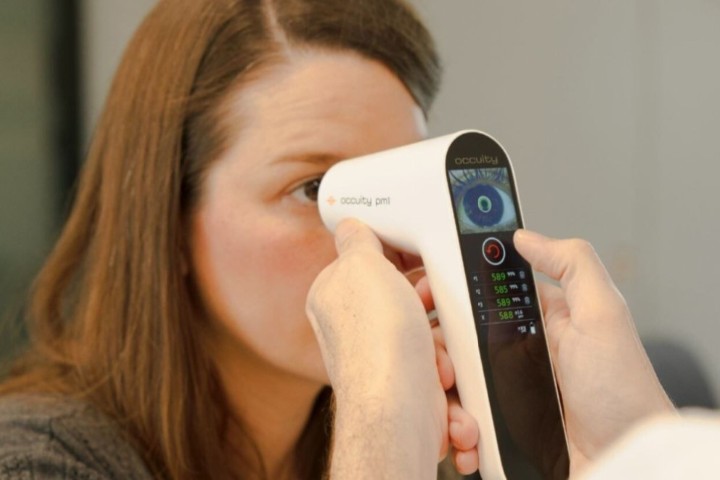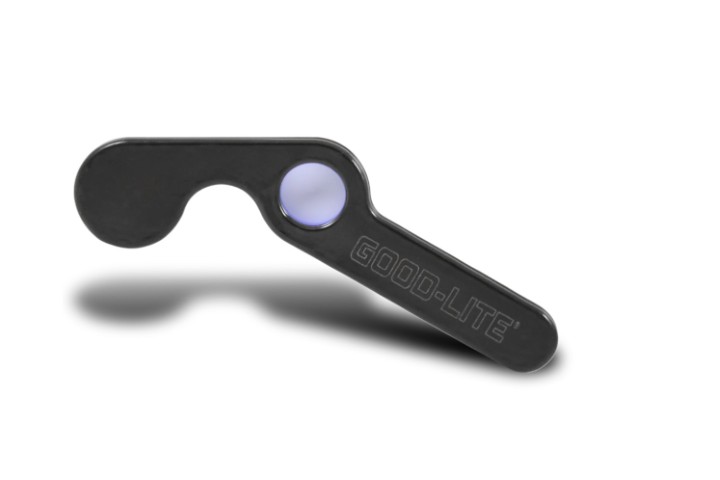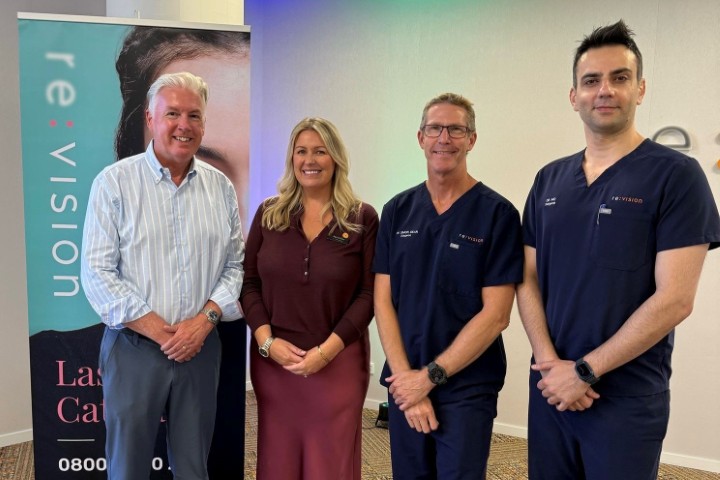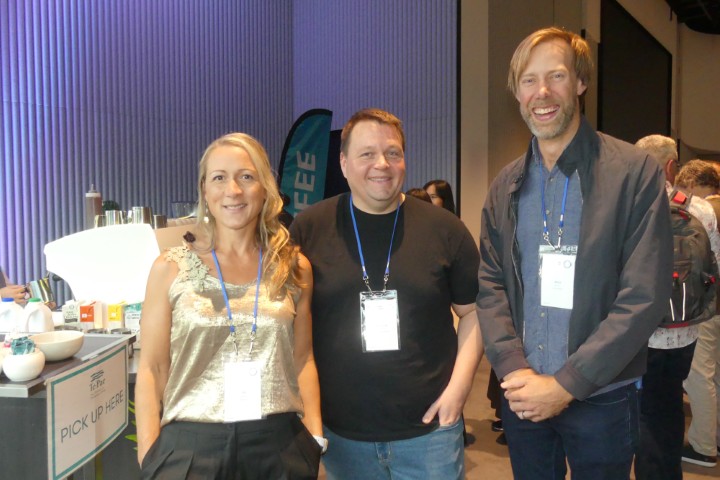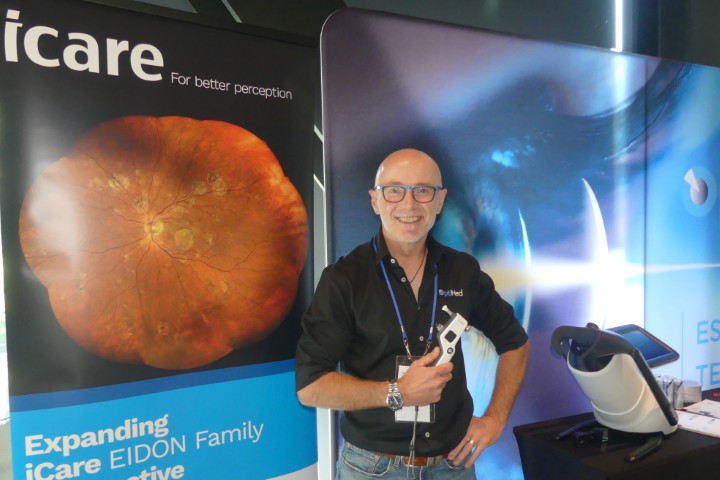Fuelling the RPE to combat blindness
US research into how the retinal pigment epithelium turns the amino acid, proline, into fuel the retina can easily burn, could lead to innovative treatments for vision loss.
Using animal models and primary human cells, Associate Professor Jianhai Du and his team at West Virginia University discovered if the RPE can’t process proline properly, the retina is undernourished and retinal degenerative diseases result.
The study published in the Journal of Biological Chemistry, employed an isotopic tracer to track proline’s path in and around the retina. It found the retina rarely uses proline directly, instead relying on the RPE to metabolise the proline first. The RPE transports the resulting smaller molecules to the retina, which uses them for fuel. “It’s like an ecosystem—just like trees and birds depending on each other,” A/Prof Du said.
Exposing human RPE cells to more proline made the RPE more adept at breaking down proline and transporting its metabolites to the retina and helped protect the RPE against oxidative stress, researchers found.
“The RPE can generate more antioxidants that way,” said A/Prof Du. “If someone gets too much oxidative damage, they get age-related macular degeneration. The problem is the RPE cells.”
To gauge how protective proline is against oxidative damage, researchers fed one group of animal models a proline-rich diet and a second group a conventional diet. Scientists provoked oxidative damage to the RPEs in all, mimicking the damage macular degeneration causes. Those who had consumed more proline experienced less oxidative damage and preserved more visual function.
Thus A/Prof Du’s team concluded it is possible, though not yet proven, that eating more proline may have a similar effect in people.






